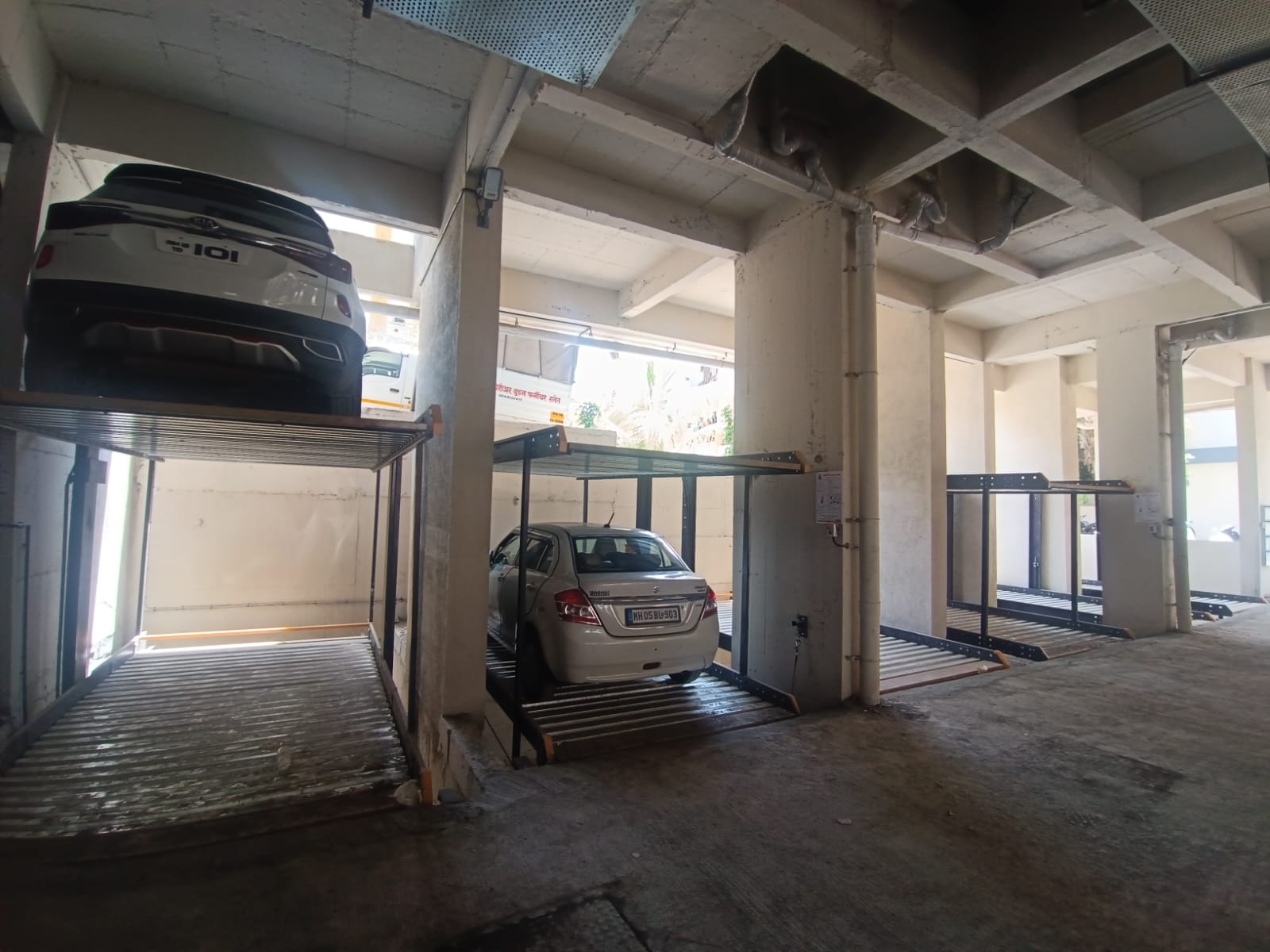Mumbai, the financial capital of India, is a bustling metropolis known for its fast-paced life, diverse culture, and relentless development. It’s a city that thrives on movement, where cars, bikes, buses, and people are constantly on the go. However, with the city’s ever-growing population and increasing vehicle ownership, one issue continues to intensify parking.
Space in Mumbai is limited and expensive. Traditional parking models have long become insufficient, pushing urban planners and developers to look for smarter, space-saving solutions. One such innovation making a significant impact is the Stack Parking System in Mumbai a modern, vertical parking approach designed to ease the city’s parking woes and optimize space in high-density areas.
What Is a Stack Parking System?
A stack parking system is a mechanical structure that allows vehicles to be parked vertically, one above the other, using lifts or automated platforms. It effectively utilizes unused vertical space, allowing two or more vehicles to occupy the same footprint on the ground.
These systems come in both semi-automatic and fully automatic versions. Depending on the design, they can accommodate two to several levels of parking, managed through hydraulic or electromechanical lifts. In cities like Mumbai, where land comes at a premium, and building horizontally isn’t always feasible, stack parking offers a viable, space-saving solution.
Why Is Mumbai the Ideal Candidate for Stack Parking?
The Stack Parking System in Mumbai is more than just a luxury or modern trend it’s a practical response to a very real problem. Here’s why this city particularly benefits from vertical parking:
1. Extreme Land Scarcity
Mumbai is built on a narrow strip of land bordered by the sea. With limited space for horizontal expansion and soaring land prices, it’s not feasible to allocate large plots for traditional parking lots. Stack parking allows for vertical growth, making maximum use of limited land.
2. Rising Number of Vehicles
With increasing incomes and aspirations, more people in Mumbai own private vehicles than ever before. The road infrastructure, however, hasn’t expanded at the same pace. Parking demand is far outstripping supply, especially in commercial and residential zones.
3. Traffic Congestion and Pollution
A significant portion of Mumbai’s traffic is caused by vehicles searching for parking. This contributes to both congestion and air pollution. Stack parking solutions minimize this problem by providing organized, quick-access parking spaces that reduce road clutter.
4. Urban Planning Push
Municipal bodies and development authorities have begun integrating modern parking systems into the city’s urban planning. Incentives for developers and mandates in new construction guidelines are further encouraging the adoption of stack parking systems.
Types of Stack Parking Systems in Mumbai
Different versions of stack parking systems are being implemented across Mumbai based on the scale and nature of the property:
• Two-Level Stackers
The most basic and common type, ideal for residential complexes and small office buildings. They double the number of cars that can be parked without increasing the ground area.
• Four-Post Stackers
These are heavy-duty stackers typically used in commercial spaces such as malls, multiplexes, and business hubs. They support more weight and offer higher durability.
• Hydraulic Stackers
Fully automatic systems found in premium locations or luxury residential towers. These use sensors, control panels, and hydraulic lifts to offer effortless vehicle parking and retrieval.
Benefits of Stack Parking Systems
The Stack Parking System in Mumbai brings a range of practical and economic advantages:
1. Efficient Land Use
By using vertical space, property developers and housing societies can provide more parking in less area, thereby avoiding the need to sacrifice open space or amenities.
2. Reduced Construction Cost
While the initial installation of stack systems can be higher, the overall cost per parking space is often lower when factoring in the reduced need for land and structural space.
3. Increased Property Value
Buildings equipped with stack parking systems tend to be more attractive to buyers and tenants who prioritize convenient and secure parking.
4. Environment-Friendly
With less space required and reduced traffic from drivers hunting for parking spots, stack parking contributes to lower vehicle emissions and cleaner air.
5. Organized Urban Aesthetics
These systems remove the visual clutter of randomly parked cars, making neighborhoods look more organized and modern.
Challenges and Concerns
Despite its many benefits, the implementation of stack parking systems in Mumbai does face some obstacles:
• Initial Capital Cost
Purchasing and installing stack systems can be expensive, particularly for smaller housing societies or budget-constrained builders.
• Maintenance and Technical Issues
Regular maintenance is necessary to ensure safety and functionality. Any mechanical failure can cause inconvenience or delays in retrieving vehicles.
• User Resistance
Some users are skeptical about using automated systems, especially if they’re unfamiliar with the technology or concerned about vehicle safety.
• Power Dependency
Fully automated systems require uninterrupted electricity. Backup power solutions must be in place to ensure functionality during outages.
The future of parking in Mumbai lies in automation and smart planning. As the city continues to expand vertically with more high-rises and commercial centers, stack parking systems will become increasingly essential. Policy reforms, subsidies, and awareness programs can further accelerate their adoption. Real estate developers, urban planners, and government agencies must work together to integrate stack parking into the broader vision of a sustainable and organized Mumbai. Public-private partnerships can also be explored to make this technology more accessible across income groups.
The Stack Parking System in Mumbai is more than a convenience it’s a necessity in the face of limited space, rising vehicle numbers, and increasing congestion. By thinking vertically, the city can resolve one of its most persistent problems while moving toward a cleaner, more efficient, and modern urban experience. Whether you’re a developer planning a new project, a municipal authority shaping the city’s future, or a resident looking for smarter living solutions, stack parking presents an opportunity worth exploring.
